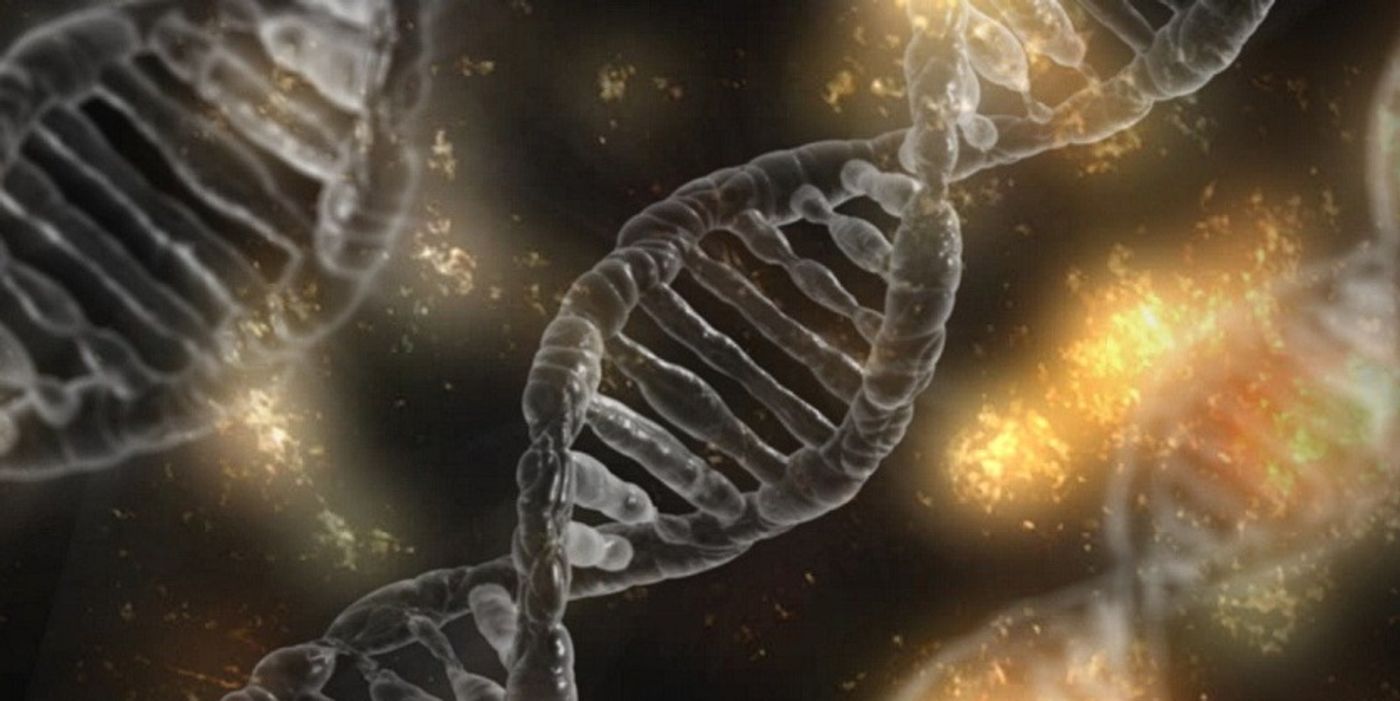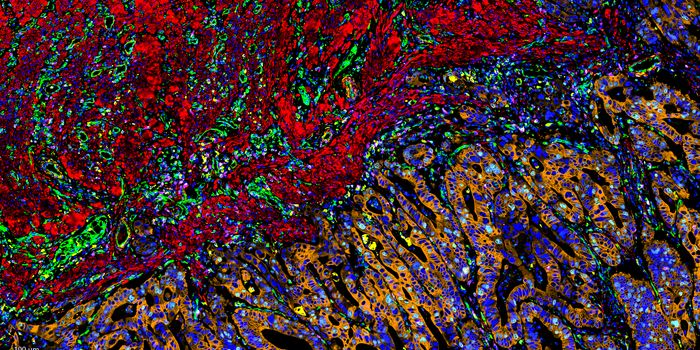How do Ohnologs affect Cancer?
Genetics can be complicated to say the least. Sometimes it can be as simple as a single mutation in one gene that causes an adverse effect. Other times, it can be as complicated as tracking a genes lineage through the ages to identify important parts of a gene. For example, an “ohnolog” is a term used for a gene that has been duplicated via whole-genome duplication. This duplication event is thought to have occurred further in biological history than we can reasonably track. However, even with evolution doing its best to divest itself of duplicates, there are many ohnologs present in organisms today.
In recent years, a theory has emerged about these ohnologs. Excessive gene duplicates are usually divested as a species evolves, but some ohnologs are able to persist. The resistance is thought to work off a gain-of-function mechanism, in which any mutations in the gene would cause a detrimental effect and cause cell death. One set of ohnologs, the Transient Receptor Potential (TRP) family of channels, has been linked to several diseases, including cancer. A group from France sought to investigate TRPs and determine how these ohnologs are linked to pro-cancer phenotypes.
They began by targeting the channels TRPV4 and TRPV6. Recent work has linked the overexpression of both TRPV4 and TRPV6 to an increase in cancer invasiveness. TRPV6 is also linked to breast, prostate, and colon cancer in other work. TRPV4, on the other hand, does not have as much research behind it, with it being linked to colon cancer only recently. While it is known that higher levels of TRPV4 and 6 in the cell correlate to pro-cancer phenotypes, there is little to no work is done on mutations and how they may affect the cancer phenotype.
They focused on a portion of the TRPV proteins called the Calmodulin binding domain. This particular domain has three phosphorylation sites for both TRPV4 and 6. The phosphorylation of a protein is a common activator in a cell, and they decided to mutate the sites to mimic a permanent phosphorylation phenotype. In TRPV6, they saw an increase in the invasiveness of cancer cells in vitro, alongside an increase in TRPV6 channel activity. TRPV4 was unusual in that it saw a similar increase in the invasiveness of the same cancer cell line. It differed by not having a correlating increase, or decrease, in its channel activities. Further testing showed that while it did affect function in some way, the mutations alone could not elicit a change.
By no means an in-depth investigation of TRPs and their role in cancer, this work never-the-less explores how mutations in TRP and other ohnologs could cause genetic diseases. TRPV6, in particular, has been linked to breast, prostate, and colon cancers and has even been proposed as a biomarker for future diagnostic research.
Sources: Channels, Francis Villatoro









